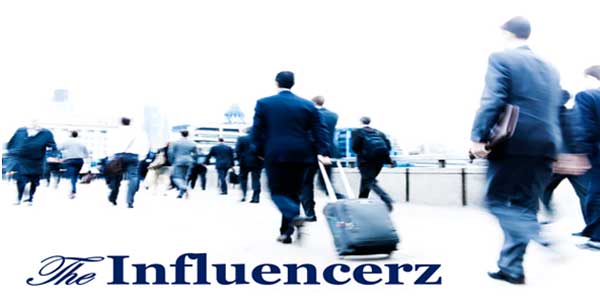The medicine cabinet, once a symbol of health and healing, has unfortunately become a common source of a devastating crisis: prescription drug misuse. What began as a well-intentioned effort to manage pain and treat mental health conditions has spiraled into an epidemic that touches every demographic, tearing apart families and straining healthcare systems globally. This crisis involves the non-medical use of prescription medications, most commonly opioids (painkillers), benzodiazepines (anti-anxiety/sedatives), and stimulants (ADHD medications). Understanding the pathways into this misuse and implementing immediate, effective interventions is crucial to protecting public health.
The Slippery Slope: Why Misuse Starts
Prescription drug misuse often begins innocently enough. For many, it starts with a legitimate prescription following an injury or surgery. A patient is prescribed powerful painkillers like Oxycodone or Hydrocodone. While effective for short-term acute pain, the brain can rapidly develop a tolerance, leading to dependence even when taken exactly as directed. Once the prescription runs out, the physical and psychological need for the drug can drive individuals to seek them illegally.
In other scenarios, the misuse stems from social access and misunderstanding. Teens and young adults may believe that prescription drugs are safer than illegal street drugs simply because they are manufactured by pharmaceutical companies. They may take stimulants to enhance academic performance or use benzodiazepines to self-medicate for anxiety or insomnia, often unaware of the high risk of dependence and overdose, especially when mixed with alcohol. Furthermore, the anonymity and accessibility of drugs from a friend’s or family member’s medicine cabinet—often free and requiring no contact with a dealer—lower the psychological barrier to use.
The Three Most Dangerous Categories
While many types of drugs are misused, three classes account for the majority of the current crisis:
1. Opioids (Painkillers)
These are the most prominent drivers of the overdose crisis. Opioids act on the same receptors in the brain as heroin, producing intense euphoria and pain relief. Their high potential for physical dependence means withdrawal is often severe, making it incredibly difficult for individuals to stop without professional help. The risk of transitioning to cheaper, more accessible illicit opioids, like heroin or illicit fentanyl, is alarmingly high once a prescription ends.
2. Benzodiazepines (Sedatives/Anti-Anxiety)
Drugs like Xanax, Valium, and Klonopin are prescribed for anxiety and sleep disorders. They depress the central nervous system and can be highly addictive. When misused, particularly when combined with opioids or alcohol, they can slow breathing to dangerously low levels, making them a significant factor in overdose deaths.
3. Stimulants
Medications such as Adderall and Ritalin are used to treat ADHD. When misused without a medical need, they are often taken to pull all-nighters or enhance focus. While less associated with fatal overdose than opioids, their misuse can lead to paranoia, anxiety, dangerous cardiovascular issues, and a severe psychological dependence.
The Path to Recovery: Intervention and Treatment
The crisis of prescription drug misuse demands a robust, integrated intervention focused on prevention, responsible prescribing, and accessible treatment.
On the Prevention Front: Healthcare providers must adopt stringent prescribing guidelines, utilizing prescription drug monitoring programs (PDMPs) to track patient drug histories and prevent “doctor shopping.” Public education campaigns are essential to dismantle the myth that prescription drugs are inherently safe. Communities must also establish safe take-back programs to remove unused medications from homes, eliminating a common source of diversion.
On the Treatment Front: Comprehensive, evidence-based treatment is the cornerstone of recovery. For individuals struggling with severe opioid or benzodiazepine dependence, Medication-Assisted Treatment (MAT) is highly effective, combining FDA-approved medications with counseling and behavioral therapies.
Finding the right support system is crucial. In major metropolitan areas, resources must be readily available. For instance, individuals in India seeking help often look for a reliable rehabilitation centre in Delhi. The capital city has numerous facilities, but selecting a high-quality rehabilitation centre in Delhi that offers personalized care, medically supervised detox, and long-term aftercare planning is paramount to achieving sustained recovery.
The recovery journey is deeply personal and requires comprehensive support. A strong rehabilitation centre in Delhi will not only manage the physical dependence but will also address the underlying psychological and emotional issues that fuel misuse. This holistic approach, often involving family therapy and relapse prevention planning, is what transforms lives. Ignoring this crisis is not an option; collective vigilance and compassionate intervention are the only way to reverse this devastating trend.

